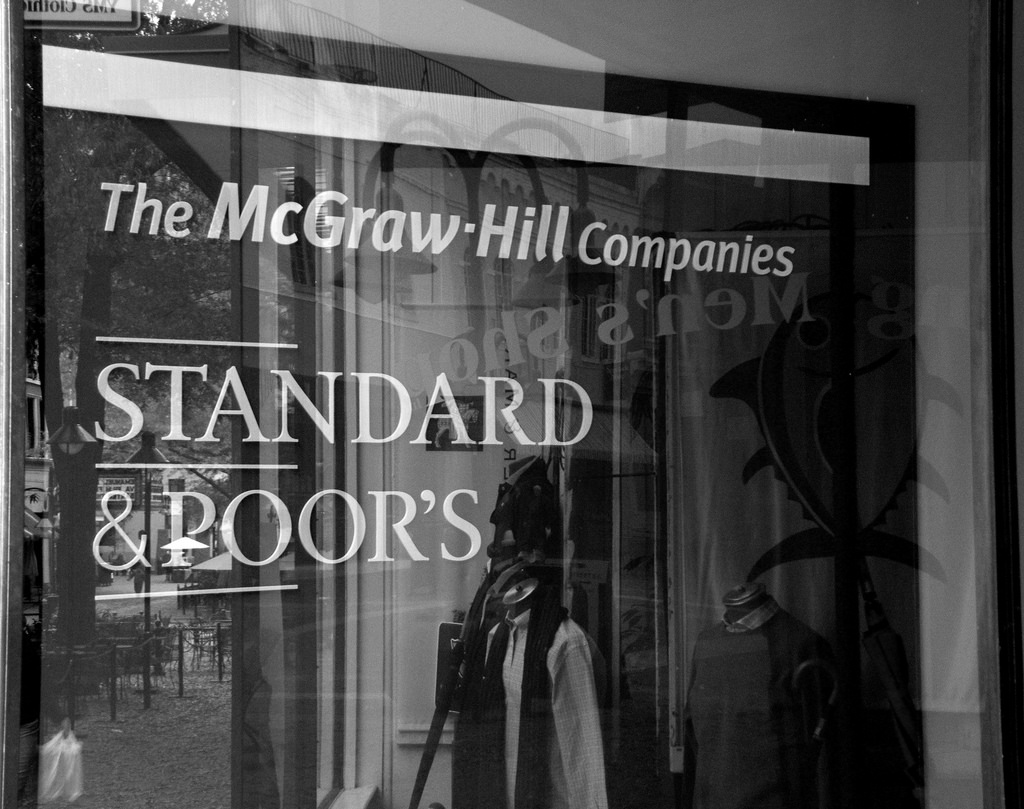Be warned: This column will cause a few raised eyebrows. It is not an indictment against the S&P 500. Rather, our goal is to explain what the S&P 500 is and why it exists. By reviewing the Index’s history, we hope to share the challenges that exist within the actively traded mutual fund environment.
A Standard and Poor’s commission in the early 1920s served as the genesis for today’s S&P 500. In 1957, the original S&P Index expanded to the 500 companies (not stocks) included in today’s Index. The goal of the Index was to identify the companies that best represented the entire U.S. economy. The rationale was that this “index” of companies would help economists determine what part of the economic cycle the U.S. happened to be in at any given time. Dr. David Blitzer, Chairman of the S&P Index Committee has noted, “The S&P 500 was never intended to be an investment vehicle.”
Regardless of intentions, from a performance perspective the S&P 500 is the largest tracked investment index on the planet among most money managers – FEG included. Vanguard’s leader John Bogle, is credited with turning this economic tool into an actual investment. The “index” concept helped simplify many investors’ decisions about the companies in their 401k plans and retirement accounts.
When Standard and Poor’s created the index, they weren’t trying to find the best companies for investment purposes. They sought to assemble a group of companies in different sectors of the economy. The economic theory (and “theory” is important) was that not all sectors would perform equally well in a normal economy. What economic theory? The rationale was that in good times, sectors such as industrials and discretionary consumer products, would do better than other sectors. Similarly, categories such as utilities and staples would perform better during tough times. This rationale wasn’t based on companies’ stock prices, but rather true earnings as tracked by taxable revenue.
The only way to assemble the index as an investment was to use market capitalization. Simply defined, market capitalization is the number of shares outstanding for a company, multiplied by the price for one share. The 10 largest companies by market cap today represent more than 20% of the Index’s entire return. That’s a problem for another day.
Because mutual fund rules have not really been updated since 1940, they are limited to owning no more than 10% of an individual company’s stock. As money poured into both passive index and actively traded mutual funds, managers were forced to buy more of the larger companies in the S&P 500 Index. This situation left the smaller and often fundamentally better companies behind. The S&P 500 didn’t create this scenario. However, the Index certainly creates problems for investors in the current economy where selection of fundamentally sound holdings is paramount. To learn more about this topic, including potential solutions to today’s challenges, visit yourlifeafterwork.com/S&P500.
Disclaimer: Do not construe anything written in this post or this blog in its entirety as a recommendation, research, or an offer to buy or sell any securities. Everything in this post is meant for educational and entertainment purposes only. I or my affiliates may hold positions in securities mentioned in the blog. Please see my Disclosure page for full disclaimer.


